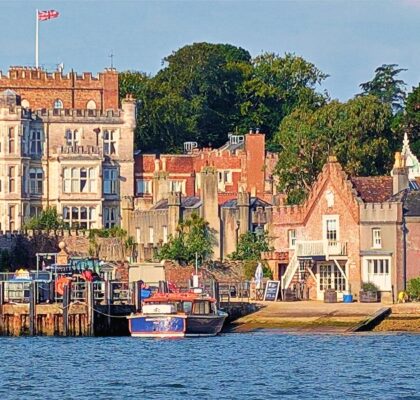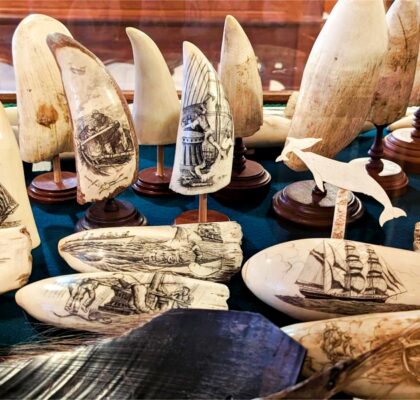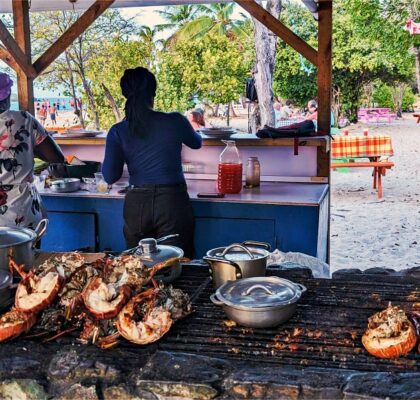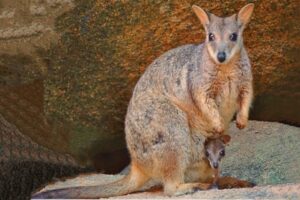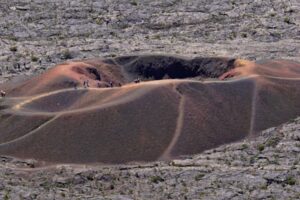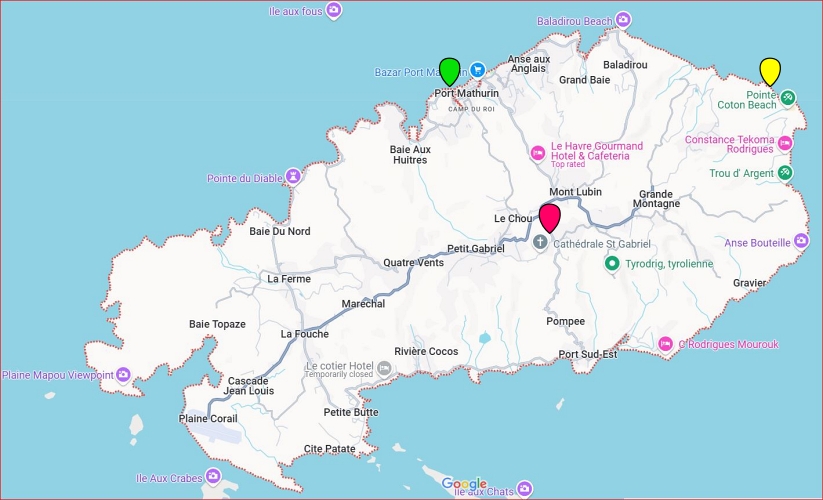
Rodrigues
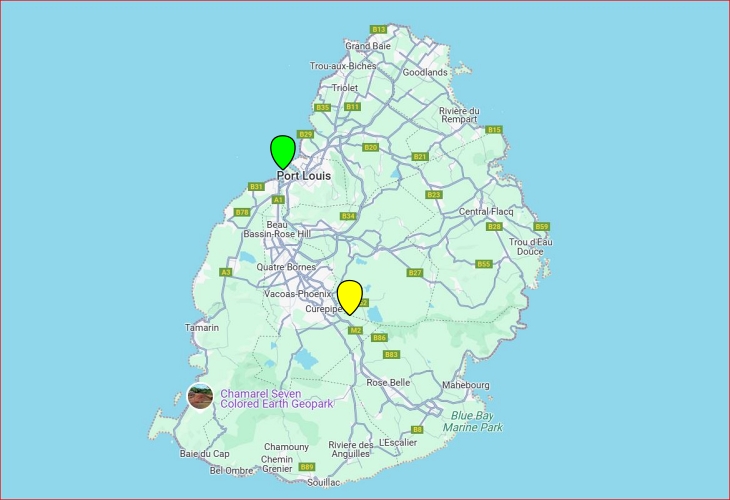
Maurice
Our 15 day crossing from Cocos Keeling to Port Mathurin in Rodrigues was far from plain sailing. We often had a lot of swell and huge waves crashing over the boat causing a window to leak and a big rip in the cover of the windvane used for self steering. We therefore used the electronic autopilot but André was worried about it breaking which would mean steering manually 24/7. The weather was too bad to take the windvane off the back of the boat and change it. However when the windvane stopped working André decided to hang off the back of the moving boat in the pitch black and try to mend it. He then took out the windvane, changed the cover and put it all back. Fione was extremely relieved when he was safe and sound inside once more! Every morning we discovered so many dead flying fish. The boat was sadly too rolly for André to fish.
In 1528 a Portuguese explorer called Rodrigues came upon this volcanic island, off the beaten track and 560kms to the east of Mauritius. Although Rodrigues is a constituency of Mauritius, in 2001 it was granted autonomy with a decentralised government system. Both the British and the French occupied the island, but here mostly French and Creole is spoken. It is hilly with a central ridge and deep cut valleys, has a large fringing reef with a self-seeding coral.
The village of Port Mathurin is the capital of the island. The port is small with only room for a handful of boats to anchor and before the weekly cargo arrives all the boats must leave or else the cargo has no room to turn around! Upon arrival we had to pay the health tax of 954 Mauritian rupees (£16.40). We went to the office and gave them a 1,000 rupee note but we needed the exact amount. They did not take cards either! We bought a very cheap watch for SA where it’s dangerous to wear valuables or carry phones, and asked help at the shop to get the right change. Triumphantly we returned! There were several shops and a good fruit and veg market which also sold locally hand- made baskets. Excellent to purchase as gifts. We tried the local speciality tourte rodriguaise, a tropical fruit jam-like filling in shortcrust pastry. The one baker made delicious bread which was a treat and often someone from a yacht would go there at 6am and then by dingy come to give each boat a baguette!
There is a good bus service and bus shelters are often painted with colourful scenes. The bus ride to Pointe Coton is through forests with hairpin bends and over mountains and you arrive at a white sandy palm and pine fringed beach. The François Leguat giant tortoise and cave reserve was set up to preserve fauna and flora. Although 2 unique species of giant tortoises are now extinct, in 2006 the reserve introduced 2 types of giant tortoises. We were able to see many, including babies, and get close even stroking them! We also went into the caves. It was a wonderful experience. In the centre of the island we visited St Gabriel’s cathedral which was built by the women whilst their men were serving in WWII.
3 days after leaving Rodrigues we arrived in Port Louis, Mauritius where we tied up at the wharf.
The island’s landscape is similar to Rodrigues; coastal plains rising to discontinuous mountains and surrounded by reefs. The town has a park with huge Bunyan trees. Due to its colonial past Mauritians are diverse with Indo-Mauritians making up the bulk of the population, thus Hinduism is the most practised religion. During our stay we visited ornate and colourful Hindu temples including le Grand Bassin a sacred and yearly pilgrimage site with temples and shrines around a crater lake. Some statues were enormous! Monkeys roamed freely. There are tea plantations but sugar cane is the main industry. We learnt about this by touring the sugar museum and tasting different sugars. The local cuisine is a mix of African, French, Chinese and Indian and is often spicy. Rice is a staple and curries feature a lot. We bought various spices. The colourful food market in Port Louis offered a wide range of fruit and veg.
